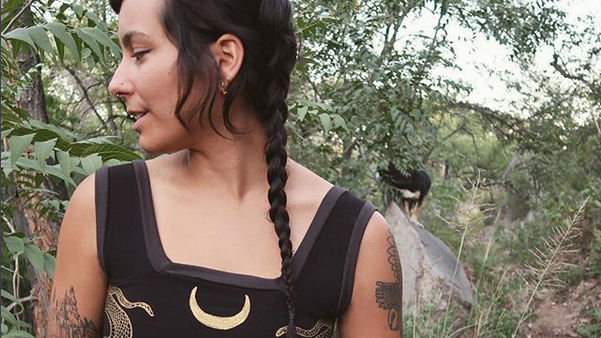Culture Shock: Stitching New Vocabulary
Rattler Uses Symbol To Create Pieces With Power


The studio in which Tiran Sahar designs and creates by hand the pieces for Rattler
Tiran Sahar

Erika Burleigh








